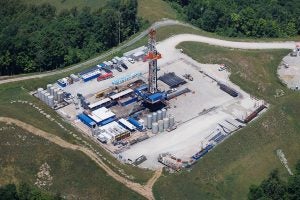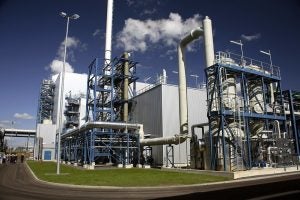 By Ari Pottens and Scott Seymour
By Ari Pottens and Scott Seymour
Last week, the Canadian Government released new estimates for the country’s greenhouse gas emissions, including emissions of the potent climate pollutant methane. Methane is the second most prevalent greenhouse gas and is causing about a third of current global warming.
The oil and gas industry is the second largest source of methane in Canada, and according to the latest emissions inventory, it reduced emissions 34% from 2012 levels — the baseline level from which Canada measures its climate progress.
This indicates progress has been made since Canada first took steps in 2020 to help reduce methane emissions from the oil and gas industry. Unfortunately, a new report out today by an independent government auditor reveals that, due to significant flaws with the way Canada estimates emissions, it’s virtually impossible to know how much emissions have really been reduced. Study after study shows that emissions are up to twice as high as what the government reports.
The Commissioner’s report explains that “it cannot be certain” Environment and Climate Change Canada will hit its emission reduction target, despite the department’s assurance that it’s on track.














